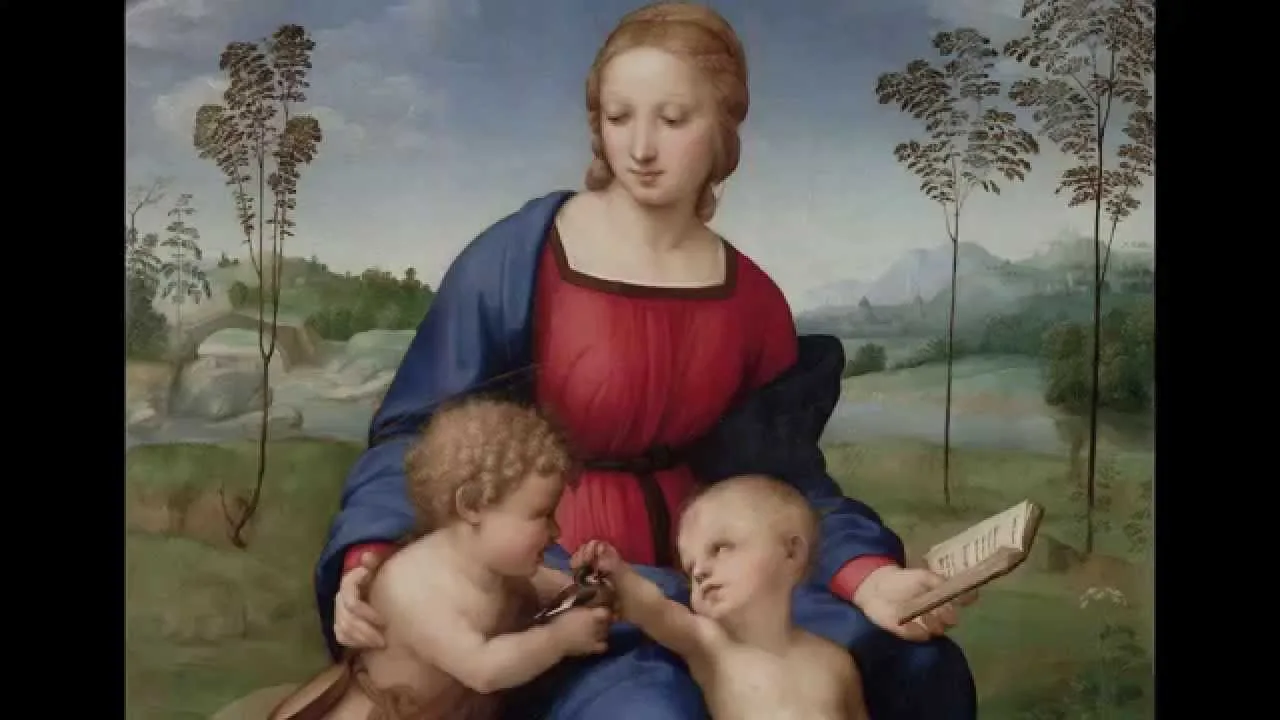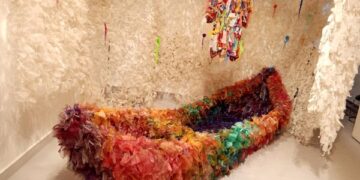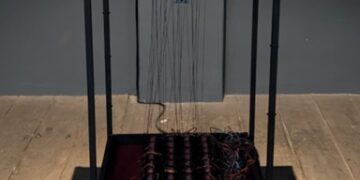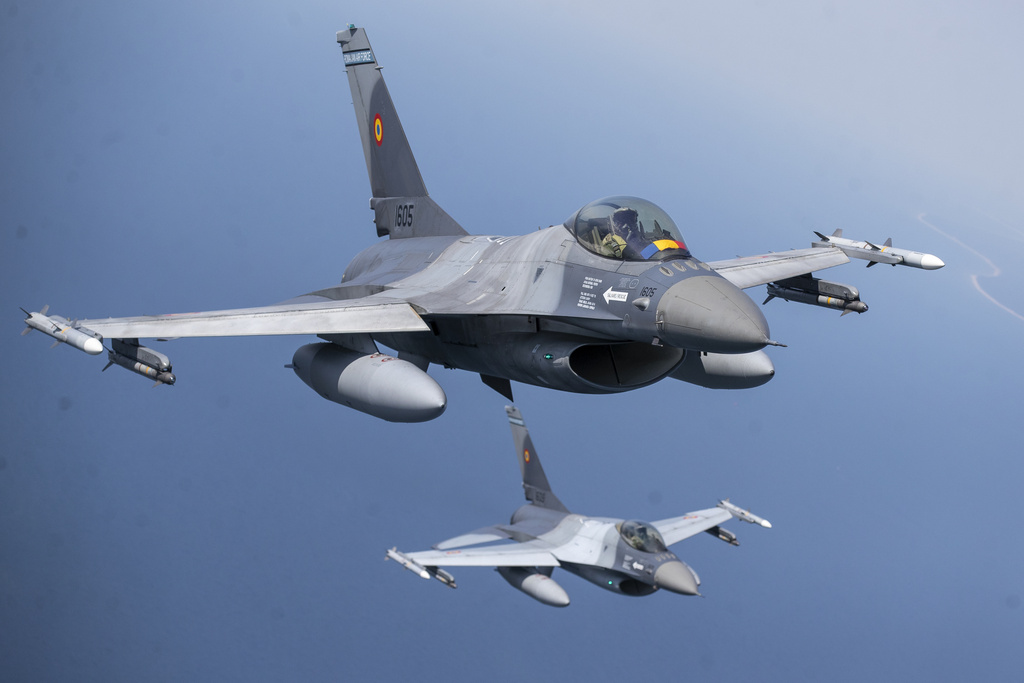Throughout art history, animals have served as powerful symbols and during the Renaissance, artists elevated this tradition by weaving deep metaphorical meaning into their masterpieces. These creatures were not just decorative additions, but rich with allegory, revealing spiritual beliefs, human traits, and cultural values of the time.
The Ermine’s Dual Identity
Leonardo da Vinci’s Lady with an Ermine presents a seemingly innocent white creature often tied to purity and chastity. However, in this case, according to some writers the ermine may also be a political symbol a nod to the Duke of Milan, Ludovico Sforza, who was associated with the Order of the Ermine. Thus, what appears to be a moral emblem may actually represent power and personal connections.
Birds of the Soul
In many Renaissance paintings, birds are more than fleeting beauty. The goldfinch, in particular, symbolized sacrifice and redemption, rooted in the legend of it drawing a thorn from Christ’s brow and being marked by his blood. This poignant symbol appears in Raphael’s Madonna of the Goldfinch, connecting the delicate bird to themes of healing and spiritual salvation.
Serpents and Temptation
Snakes have long been linked with deceit and temptation, especially in Christian contexts. Albrecht Dürer’s Fall of Man shows the serpent as the deceiver in the Garden of Eden, tempting Adam and Eve to disobey divine command. Yet, beyond evil, reptiles also symbolized rebirth, as their ability to shed skin or regrow limbs hinted at renewal.
Loyal Companions
Dogs were commonly painted beside their human companions in Renaissance portraits, representing loyalty, fidelity, and status. In Titian’s sensual Venus of Urbino, a small dog curled at the goddess’s feet quietly affirms the theme of marital commitment within the intimate setting.
Peacocks and the Promise of Eternity
Peacocks, with their striking plumage, were seen as emblems of immortality, stemming from a medieval belief that their flesh did not decay. Artists like Fra Angelico and Fra Filippo Lippi included these birds in nativity scenes as reminders of Christ’s resurrection and eternal life.







